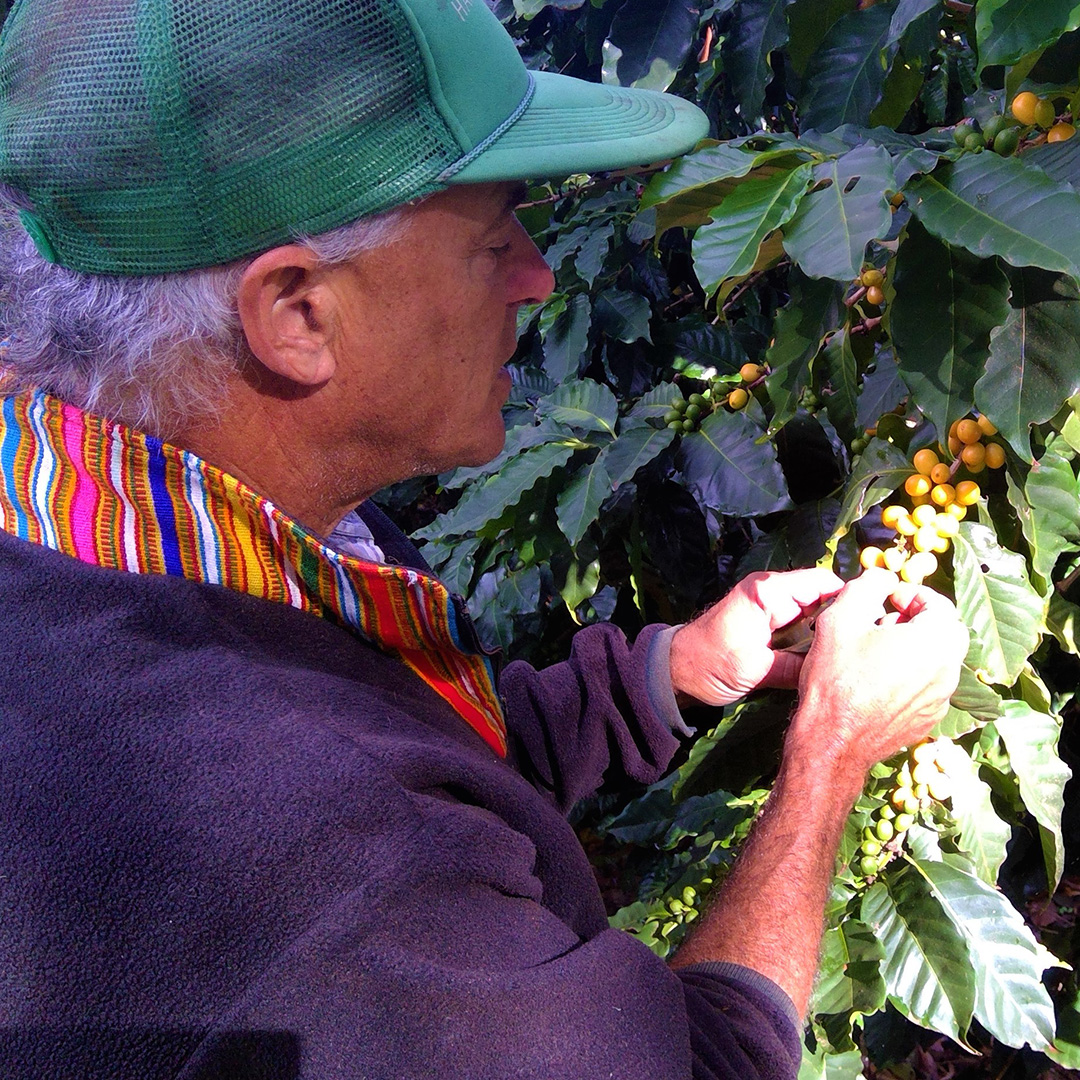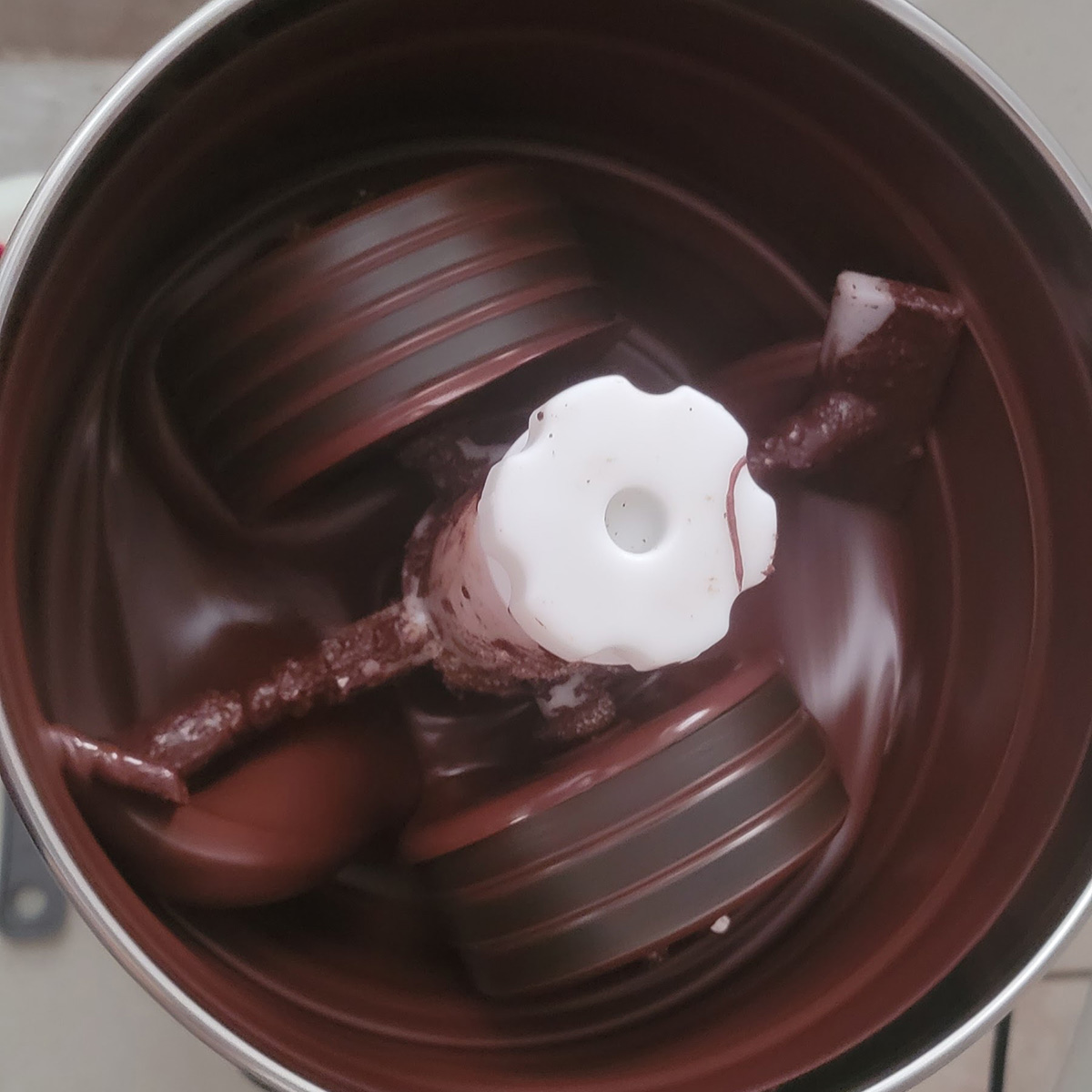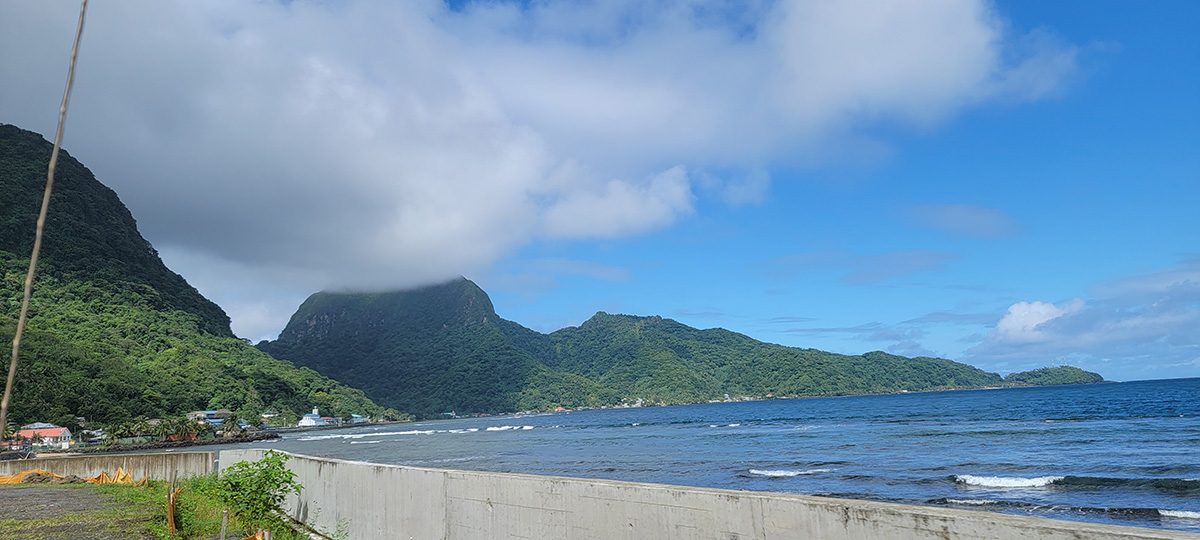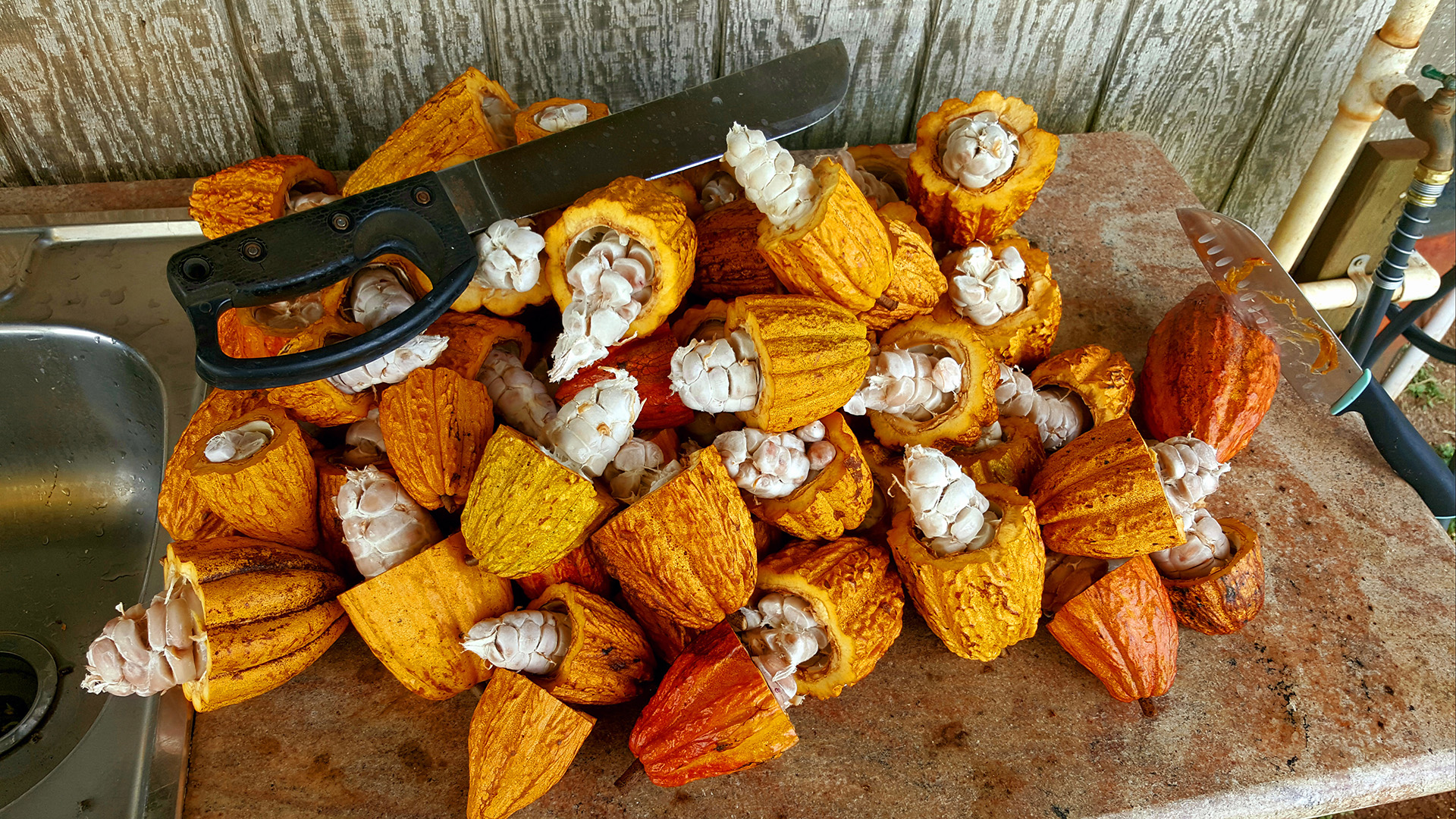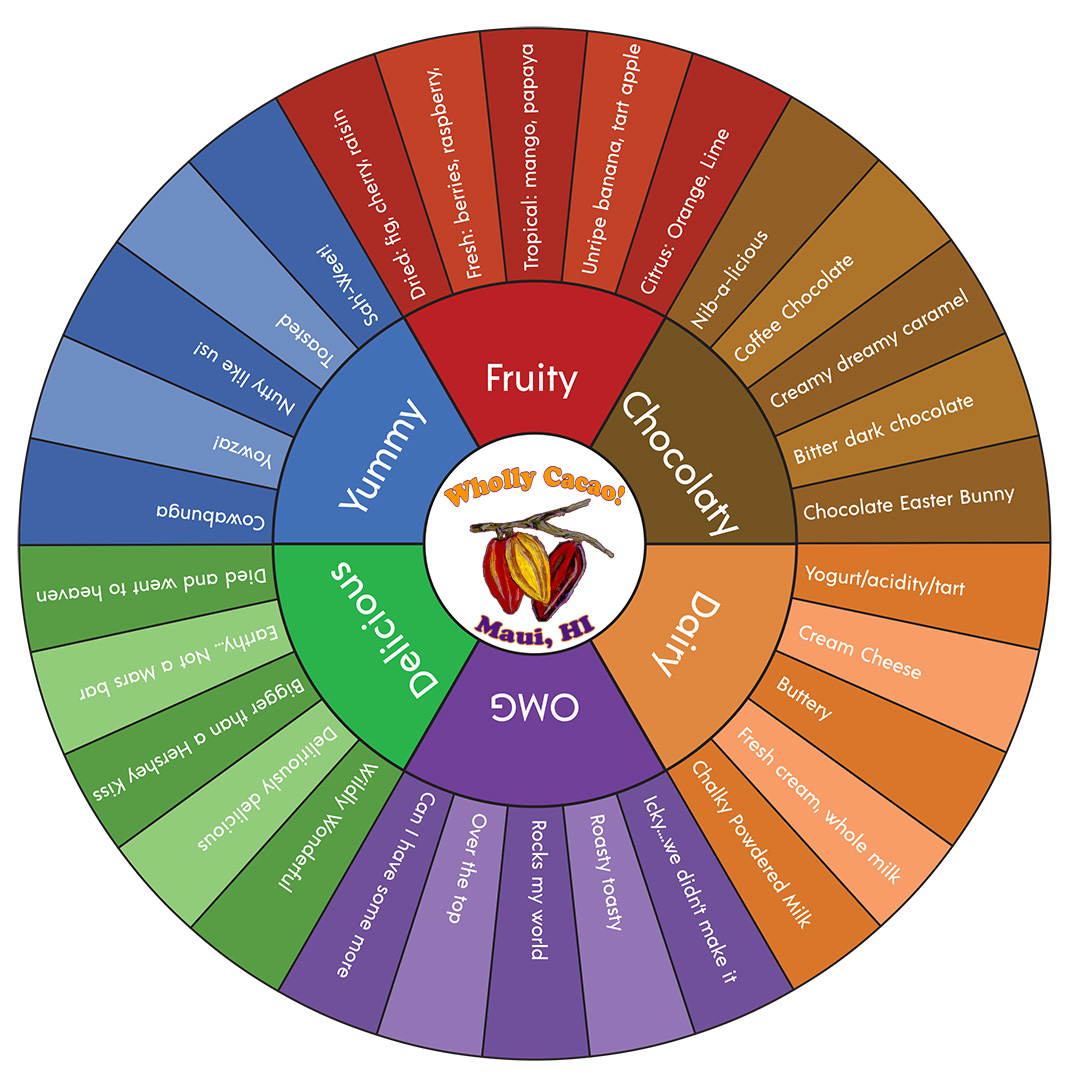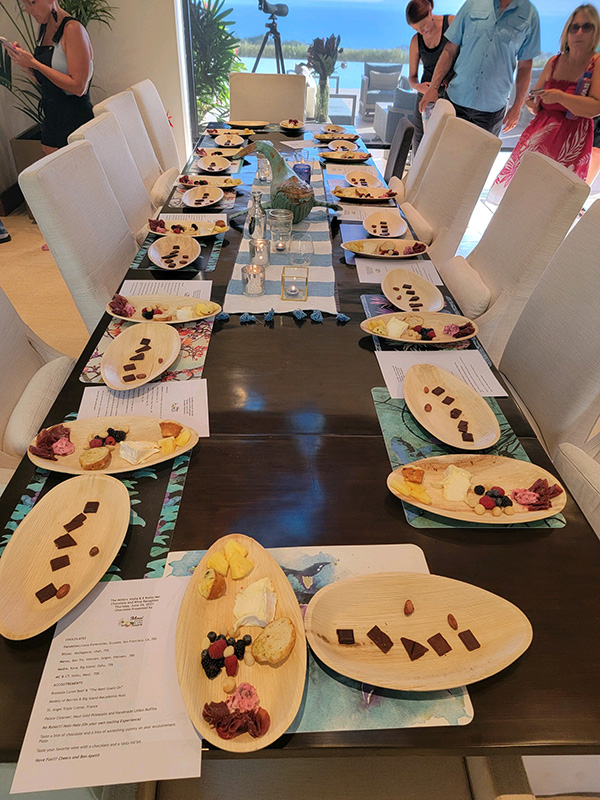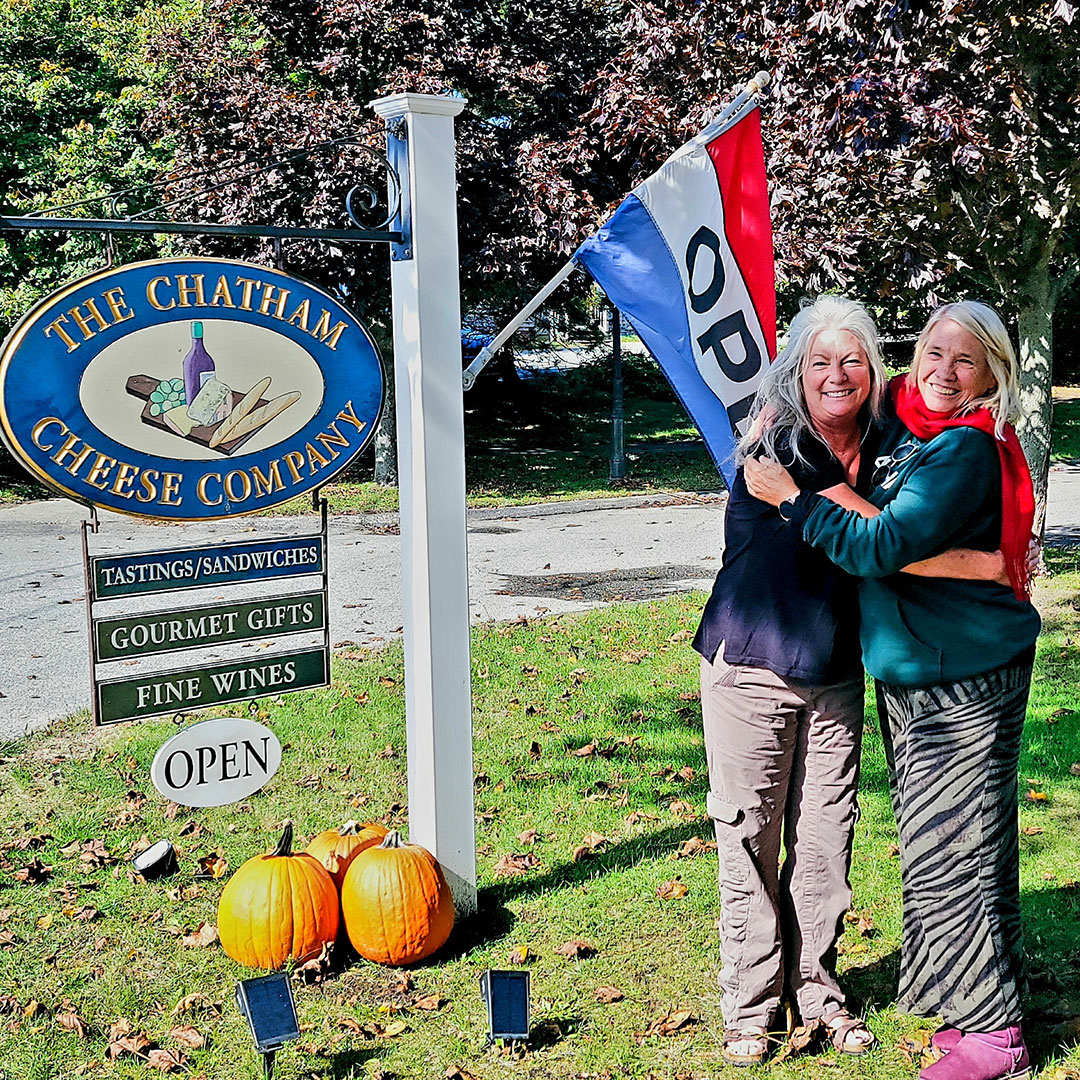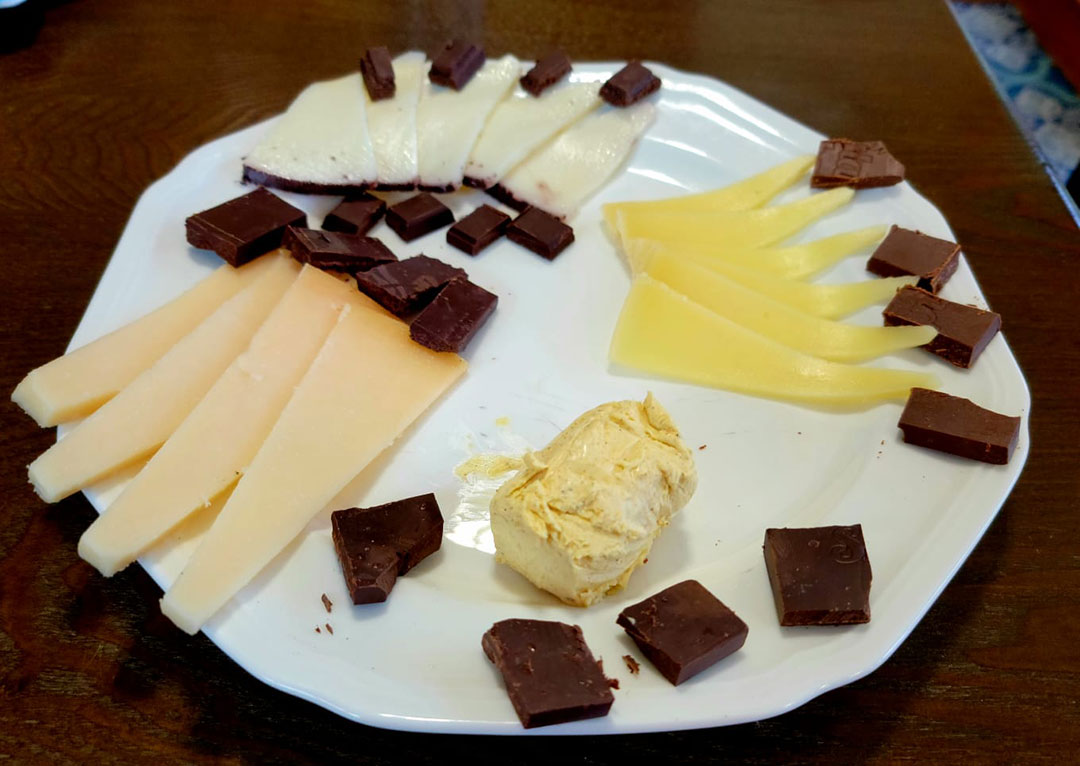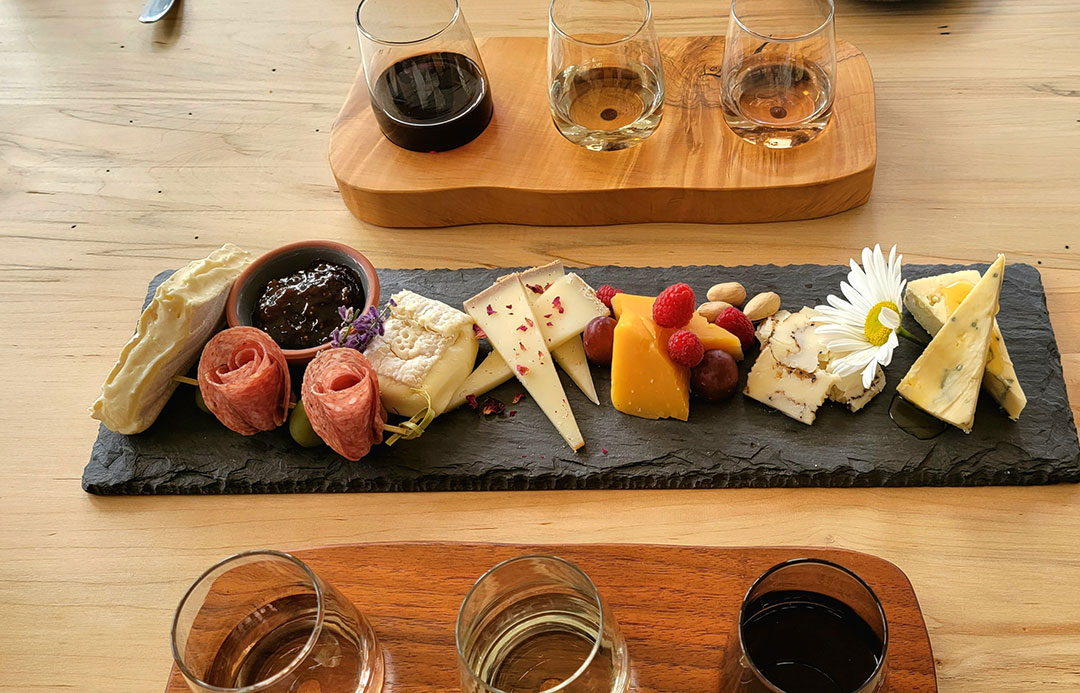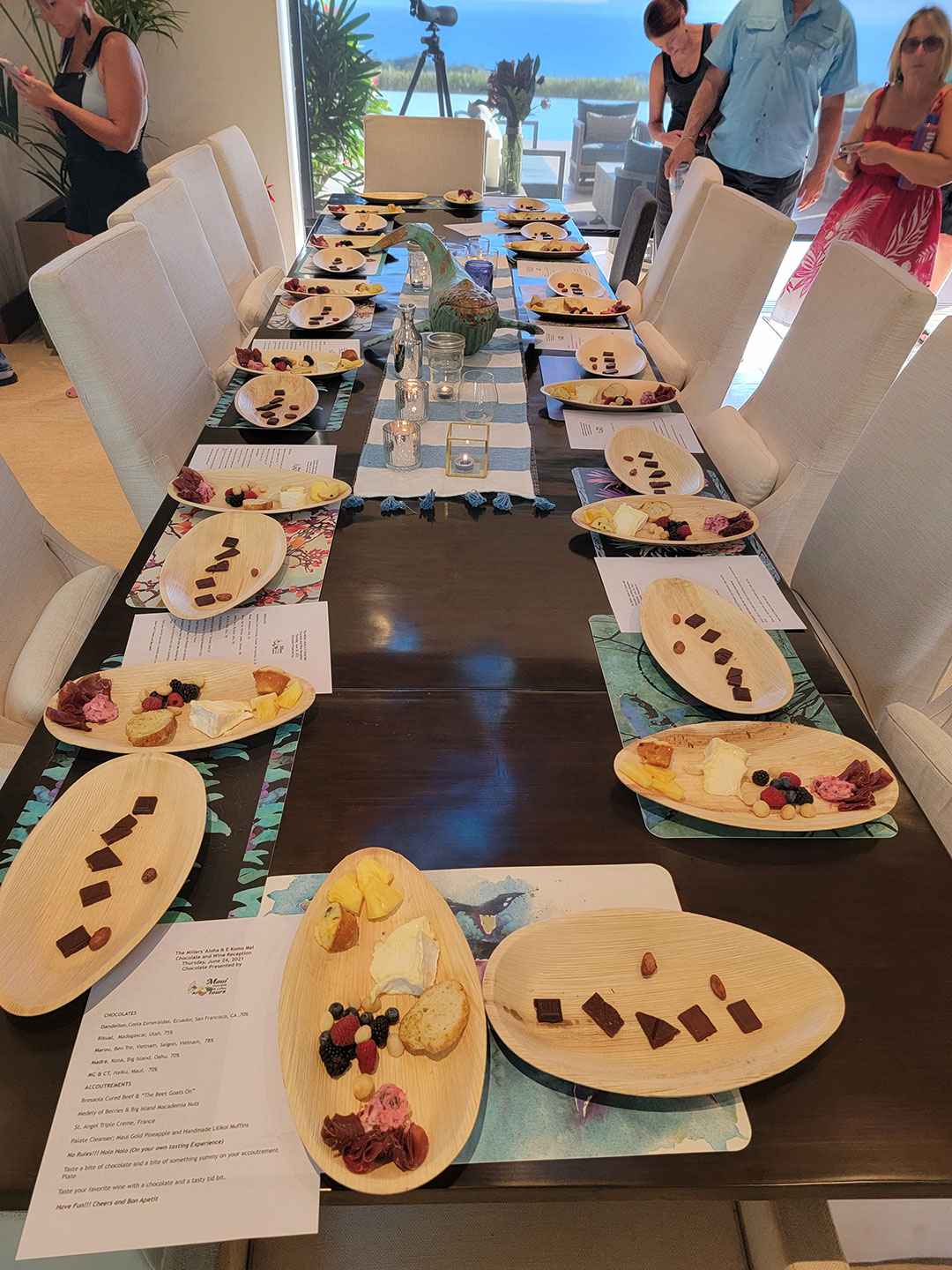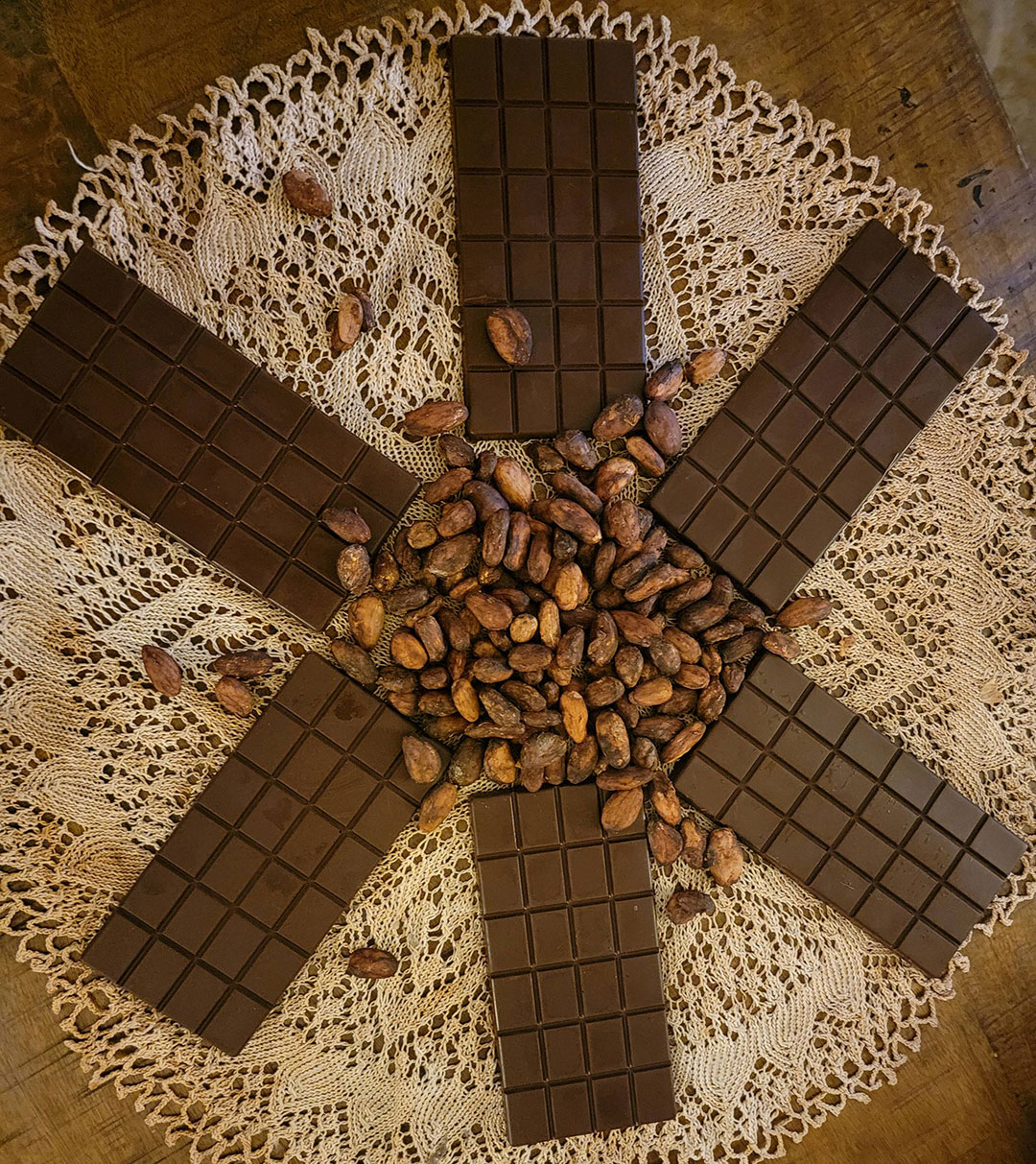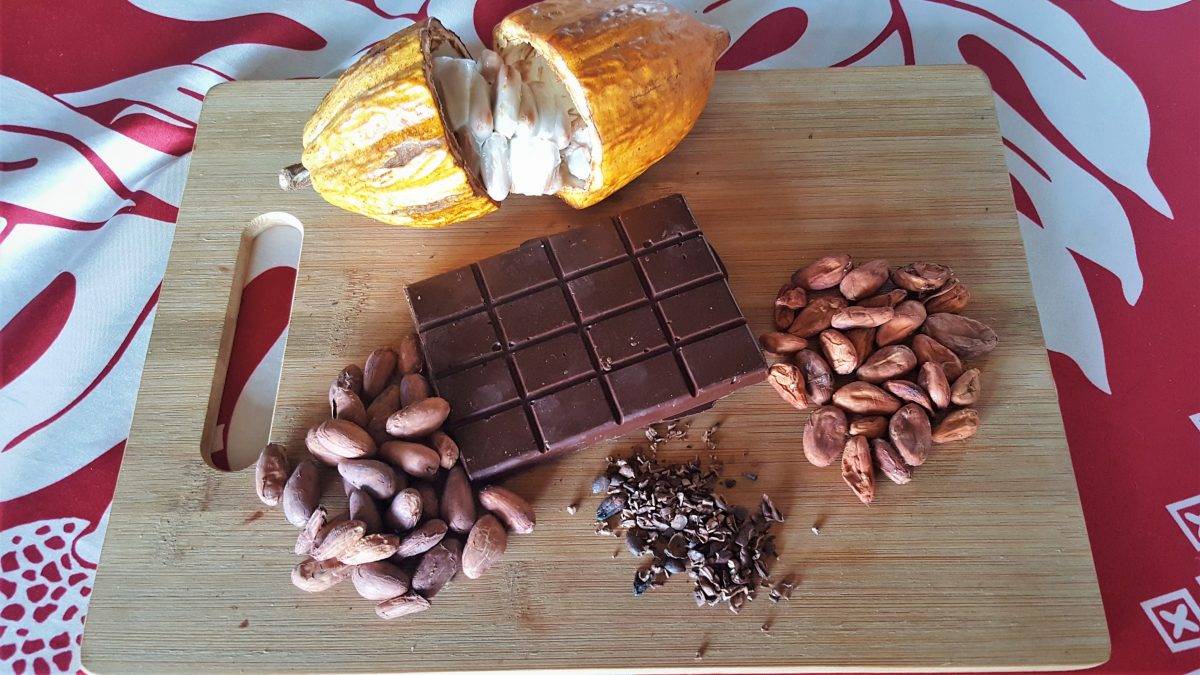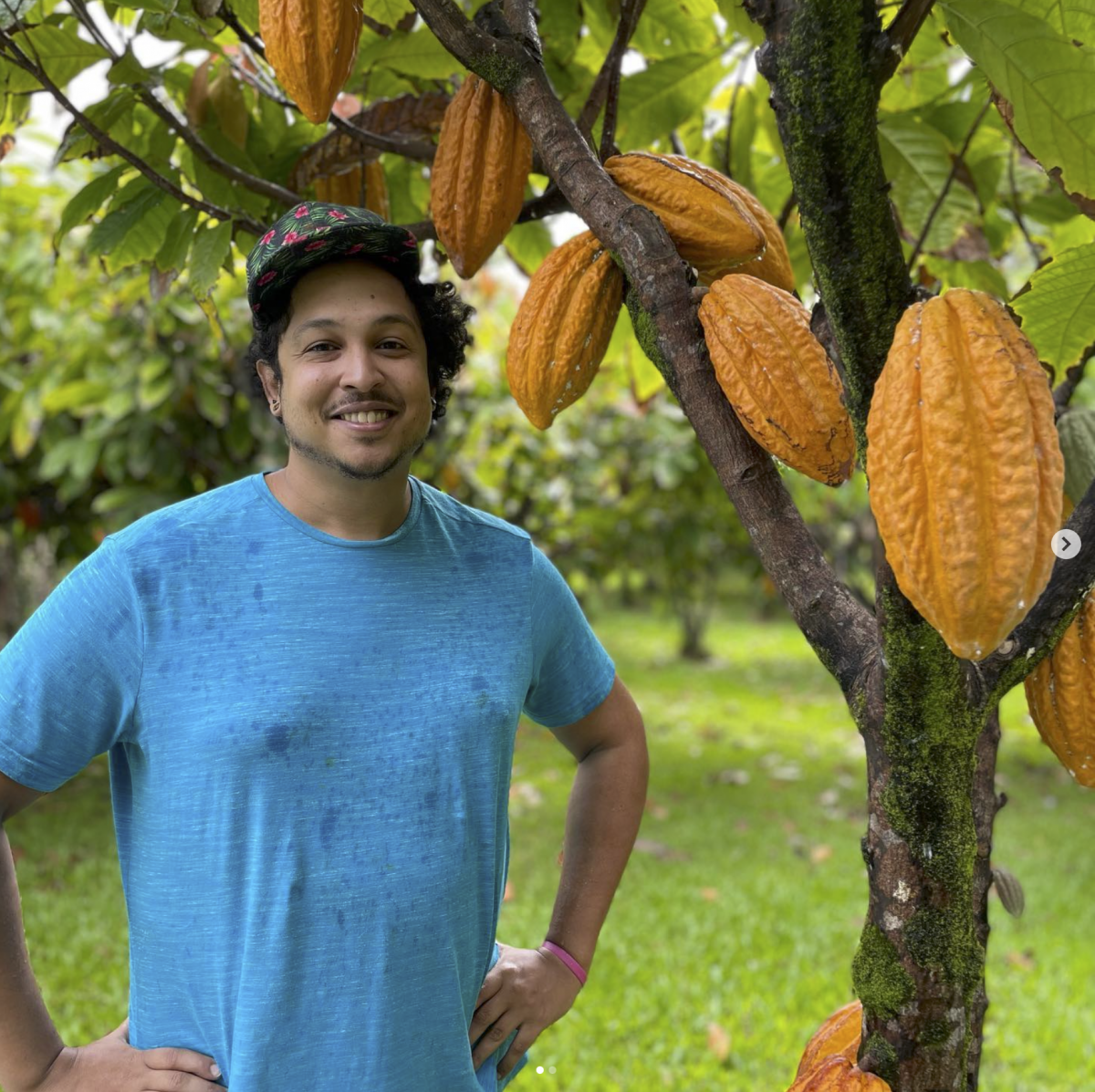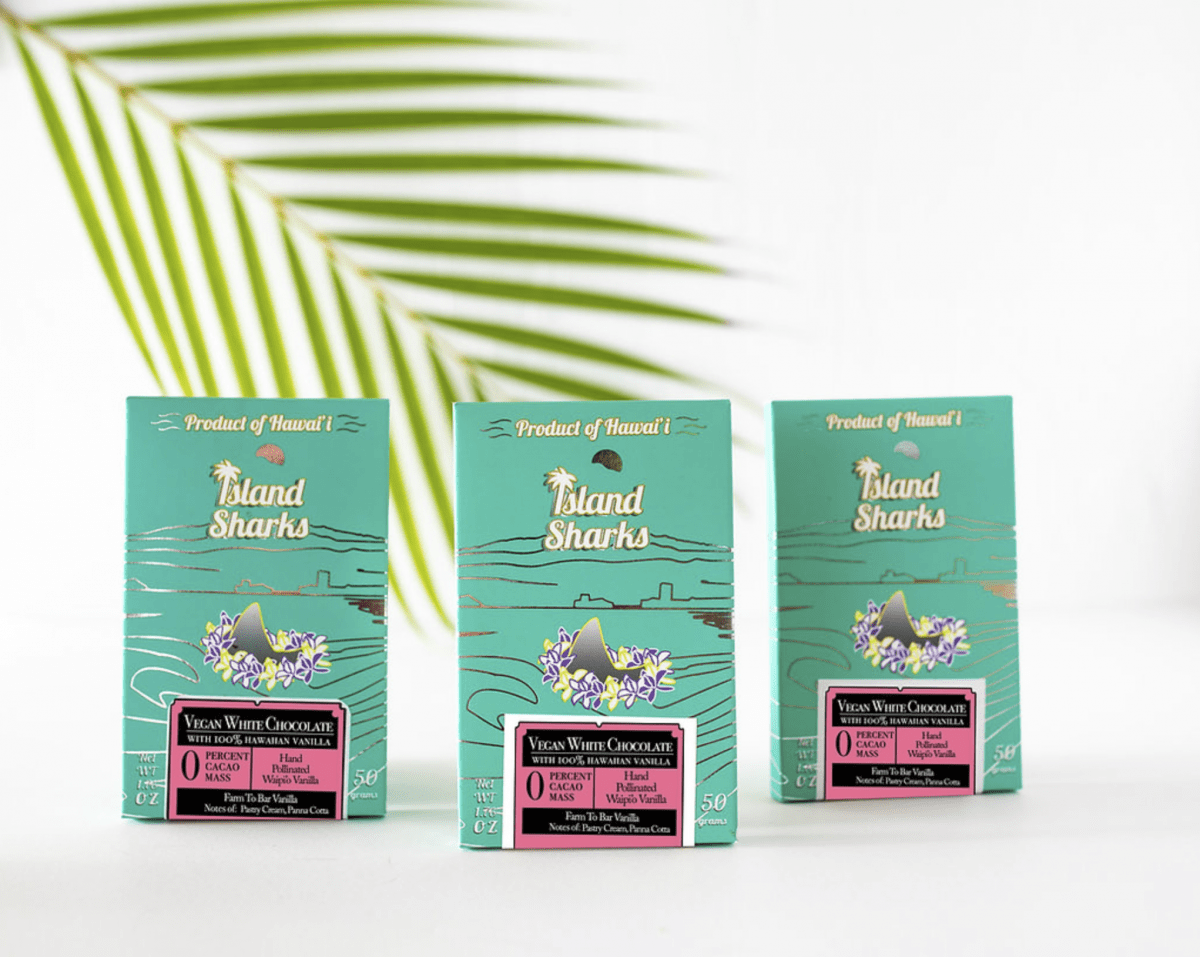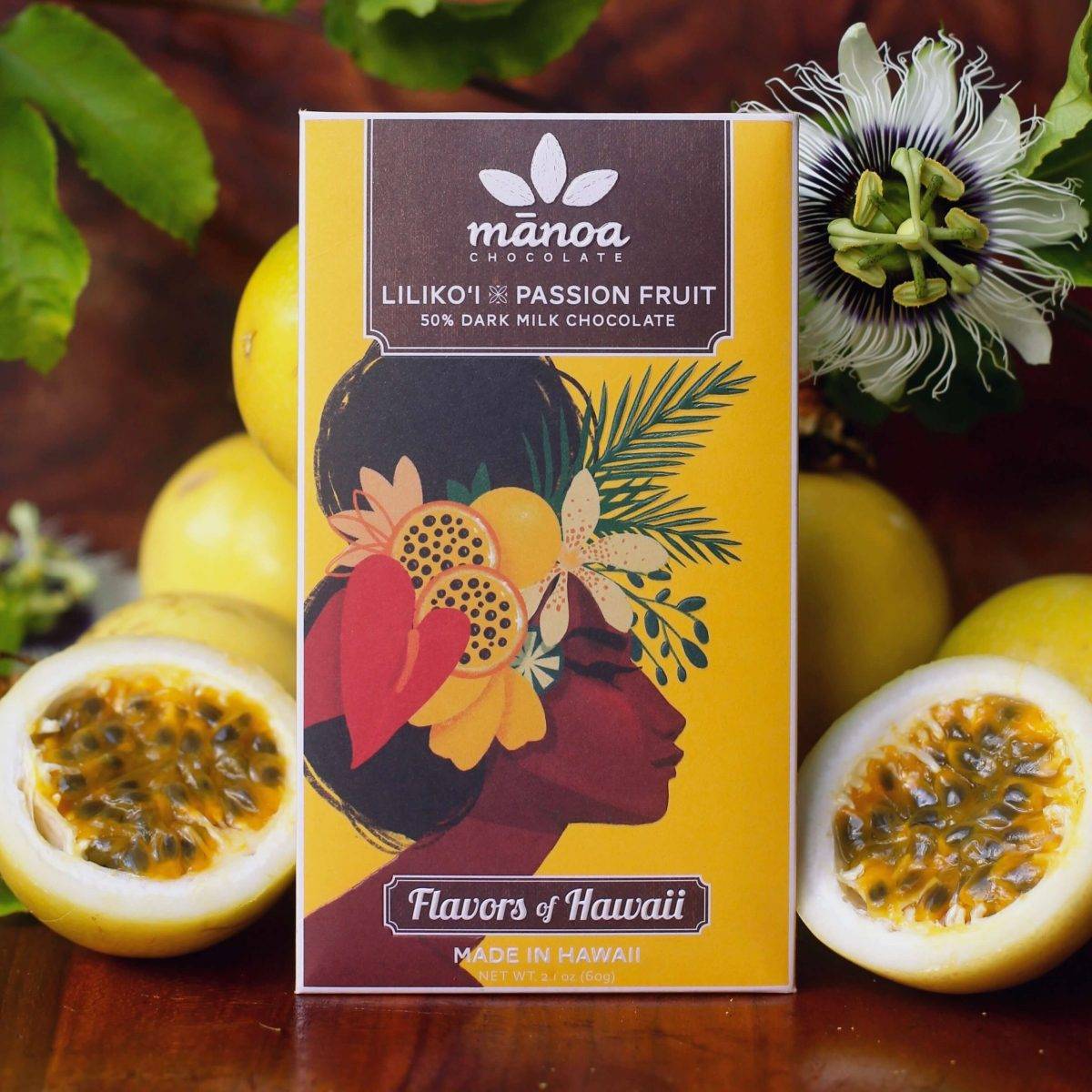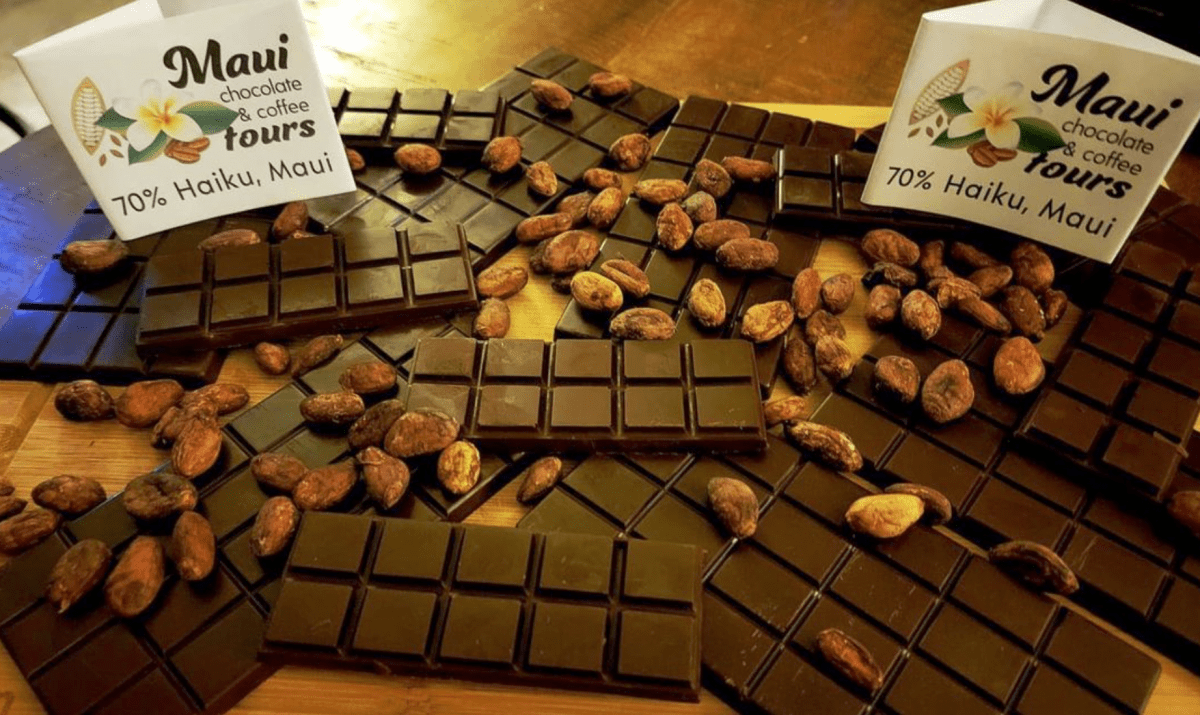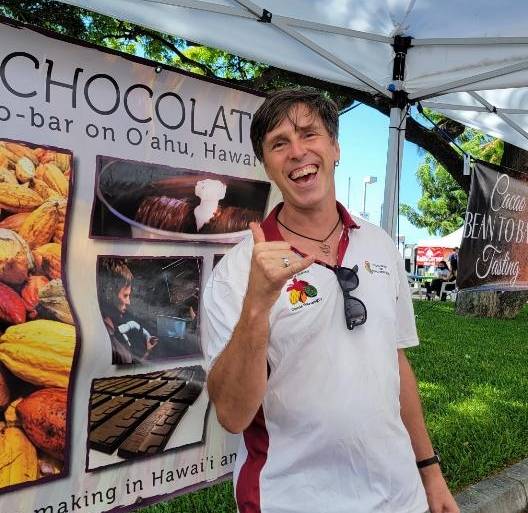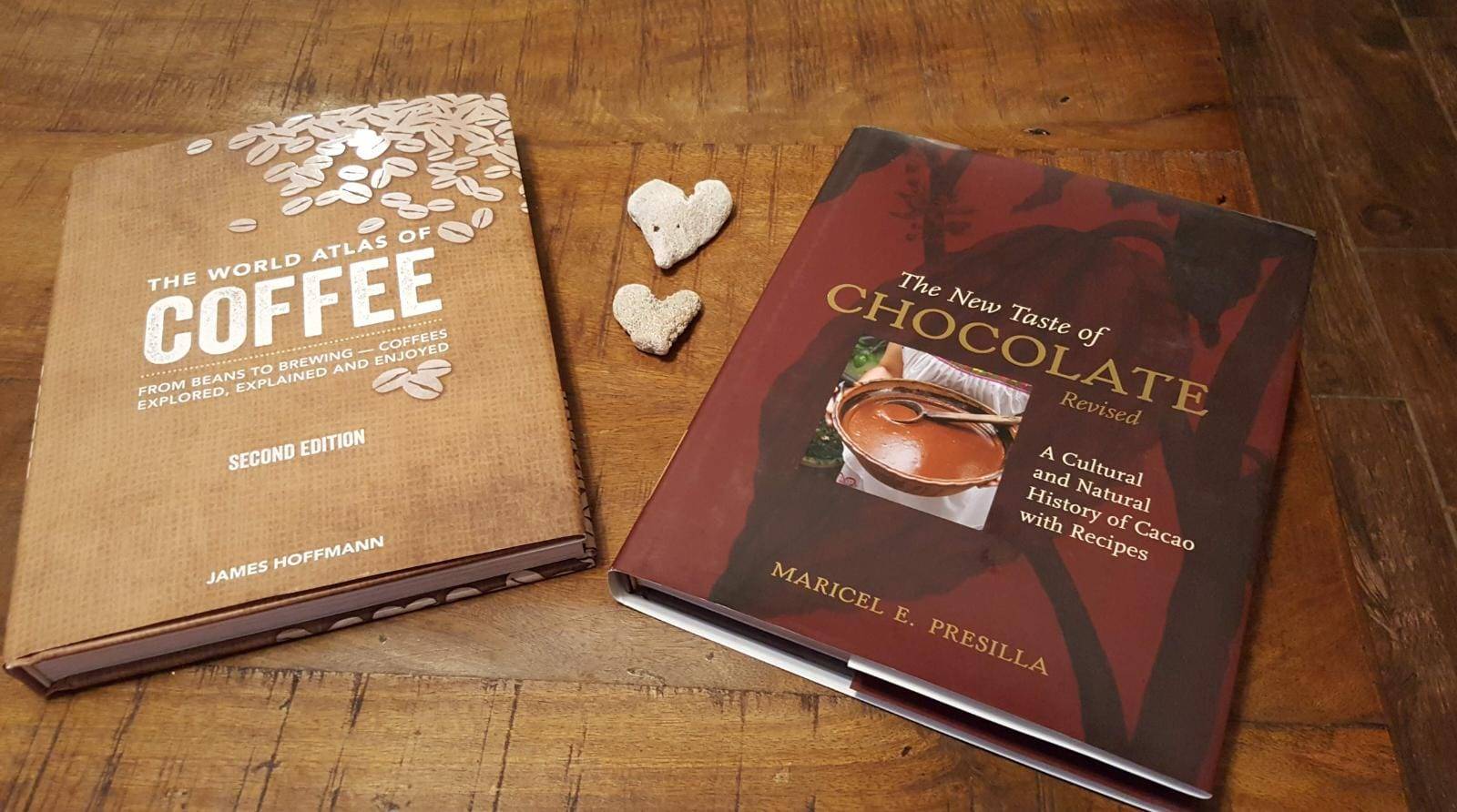Maui, the second-largest island in Hawaii, is renowned for its breathtaking landscapes, pristine beaches, and vibrant culture. Among the many treasures this tropical paradise offers, two of its most delightful are coffee and chocolate. At Maui Chocolate Coffee Tours, we provide an unforgettable experience that combines these two beloved treats into one extraordinary adventure. Let’s take a journey through our unique coffee and chocolate tour and explore why it’s the perfect way to savor the best flavors of Maui.
A Journey Through Coffee and Chocolate Paradise
Welcome to Maui Chocolate Coffee Tours
Nestled in the lush hills of Maui, our tours offer a sensory experience like no other. Our tour is designed to immerse you in the world of coffee and chocolate, providing a behind-the-scenes look at how these delectable products are cultivated, processed, and enjoyed.
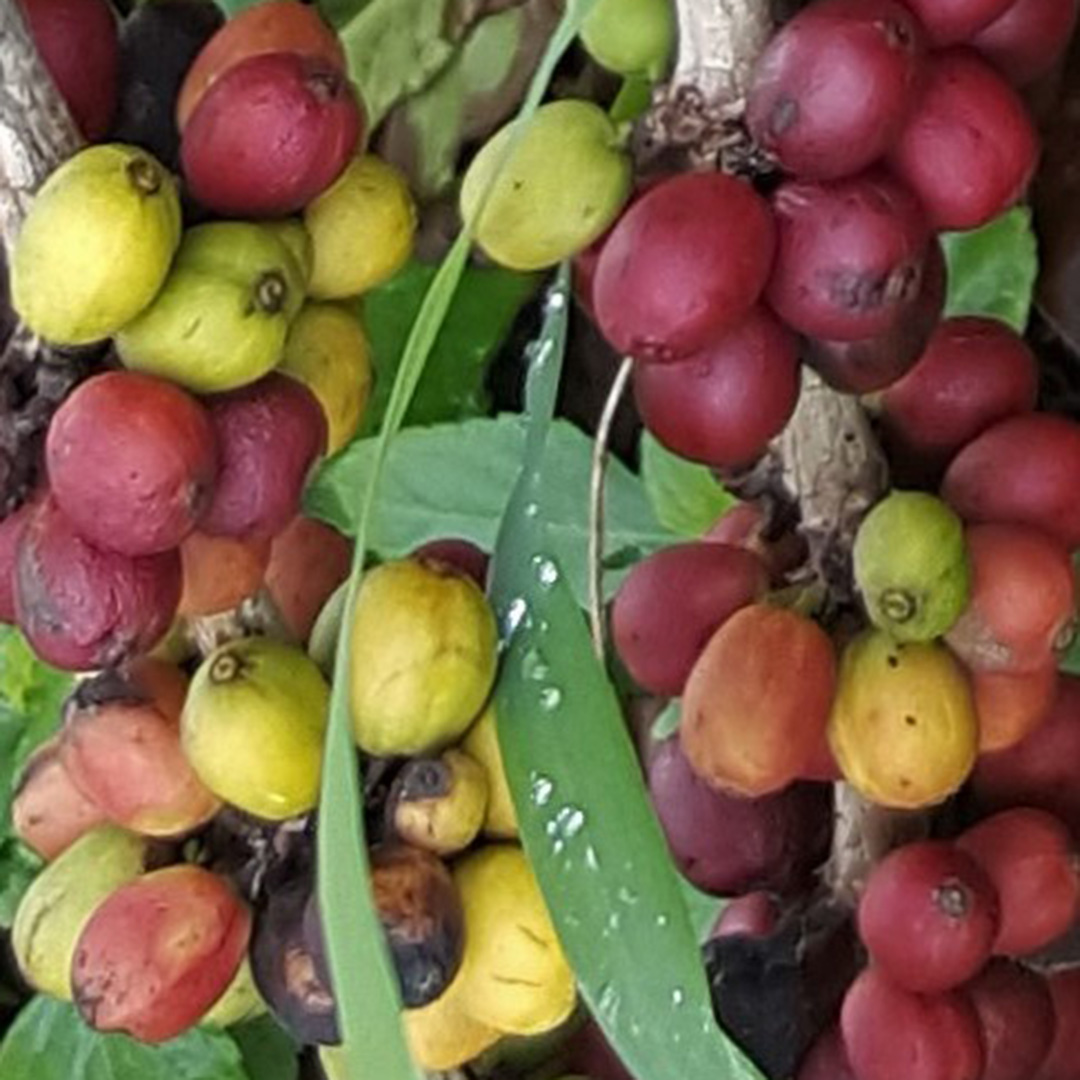
The Coffee Experience
Our tour begins with an exploration of Maui’s coffee culture. Maui’s unique climate and fertile volcanic soil make it an ideal location for growing some of the world’s finest coffee beans. You’ll be guided through the entire coffee production process from seed to cup.
– Plantation Walk: Stroll through rows of coffee plants and discover the intricacies of coffee cultivation. Our knowledgeable guides will explain the different coffee varieties grown on our plantation and the sustainable farming practices we employ.
– Harvesting and Processing: Learn about the various methods of processing the beans, including the traditional wet and dry methods.
– Coffee Tasting: We complete the coffee segement with a cup of one of Hawaii’s premier coffee producers. Due to the coffee bean borer (CBB), a state and global pest, Kupa’a Farms coffee will, hopefully, be available within the next 2 years. Their drastic approach to ridding of this devastating pest, is a prime example of how important it is for a farm to be diversified. This clearly demonstrates what a short-term loss is for a sustainable gain. Thank goodness the farm grows everything from artichokes to zucchini!

The Chocolate Experience
After indulging in the world of coffee, it’s time to explore the sweet side of Maui with our chocolate tour. Our chocolate experience takes you from raw cacao seed to chocolate bar, showcasing the art and science of chocolate making.
– Cacao Plantation Tour: Wander through our cacao grove and learn about the fascinating journey of the cacao bean. Our guides will explain the different stages of cacao growth and how we cultivate our trees to produce the highest quality beans.
– Fermentation and Drying: Discover the crucial steps of fermentation and drying that are essential to developing the rich flavors of chocolate. You’ll see how the beans are carefully monitored and processed to achieve the perfect balance of taste and texture.
– Chocolate Making Demonstration: Our hands-on chocolate making demonstration allows children of all ages to learn the “crack, winnow, and grind” dance! Come and experience for yourself! We are replicating the ceremonial hot chocolate that the Aztecs made for Cortez. This a very fun and interactive experience!
– Chocolate Tasting: Our chocolate tasting is global where guests are guided how to taste non-flavored dark chocolates from around the world and topping the chocolate array with the flavors of hand-crafted and Hawaiian grown chocolates. Chocolates from different latitudes with different attitudes! R.I.P. Jimmy B
A Scenic and Educational Experience
One of the unique aspects of Maui Chocolate Coffee Tours is the stunning bi-coastal views. This breath taking view is only found on the Valley Isle, Maui!
In addition to the scenic beauty, our tours are educational and interactive. Our guides are passionate about coffee and chocolate and are eager to share their knowledge with you. Whether you’re a coffee connoisseur, a chocolate lover, or simply curious about these delightful products, you’ll leave our tour with a deeper understanding and appreciation for both coffee and chocolate.
Book Your Tour Today
At Maui Chocolate Coffee Tours, we believe that coffee and chocolate are two of life’s greatest pleasures, and combining them into one tour offers an unparalleled experience. Whether you’re visiting Maui for the first time or you’re a returning traveler, our tour is a must-do activity that promises to delight your senses and create lasting memories.
Ready to embark on a journey through the best of both worlds? Book your tour today and join us for an unforgettable adventure in the heart of Maui’s coffee and chocolate paradise.
For more information and to book your tour, visit our website: Maui Chocolate Coffee Tours.
The combination of coffee and chocolate tours in Maui offers a unique and immersive experience that captures the essence of the island’s rich flavors and natural beauty. At Maui Chocolate Coffee Tours, we are dedicated to providing a tour that is both educational and enjoyable, allowing you to savor the best of what Maui has to offer. Join us for a journey through coffee and chocolate paradise and discover why our tour is truly the best of both worlds.



